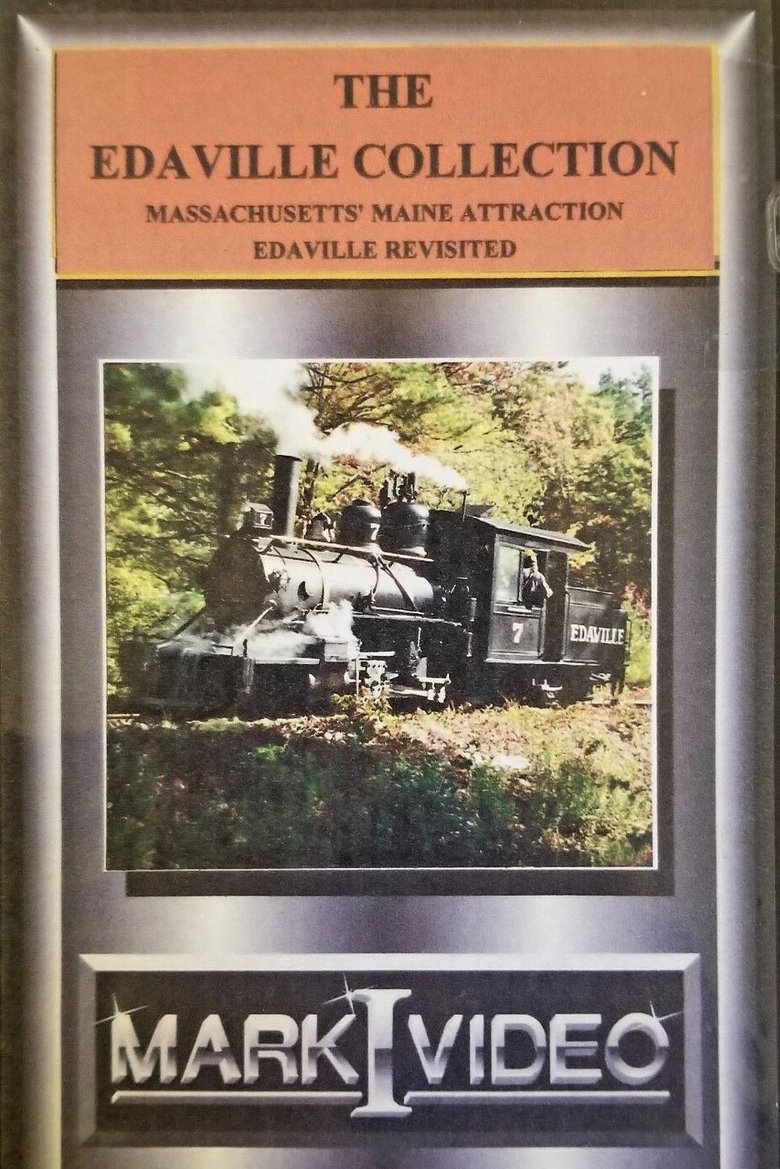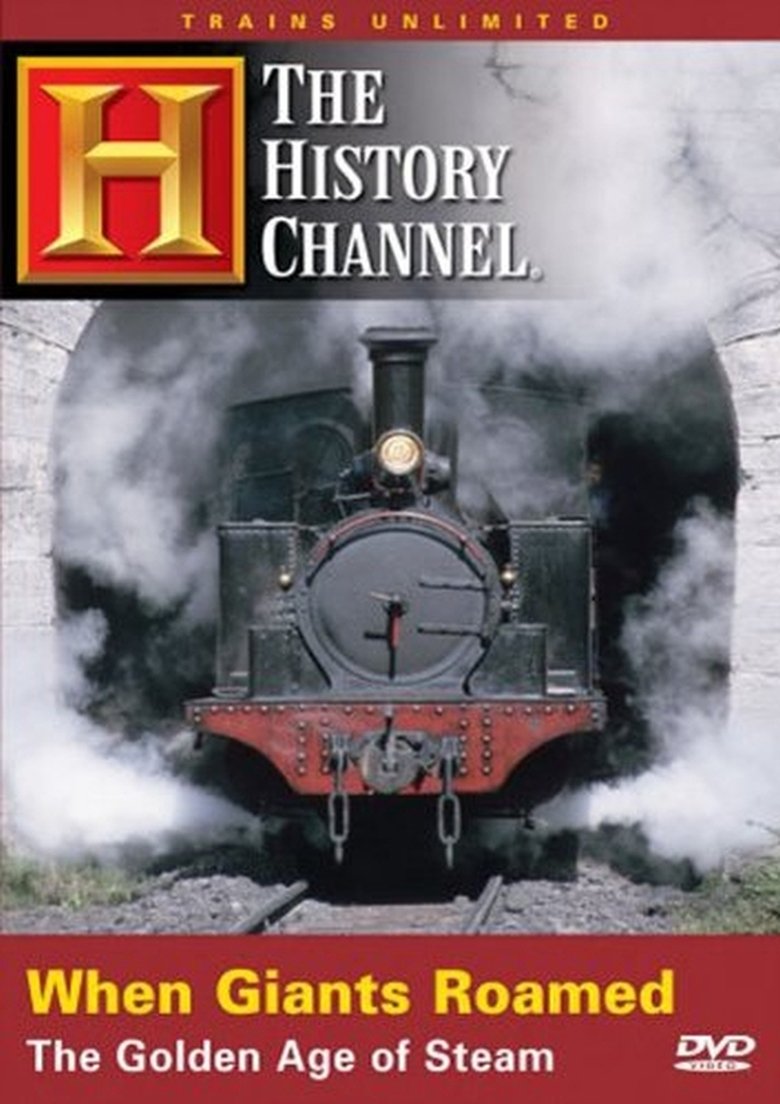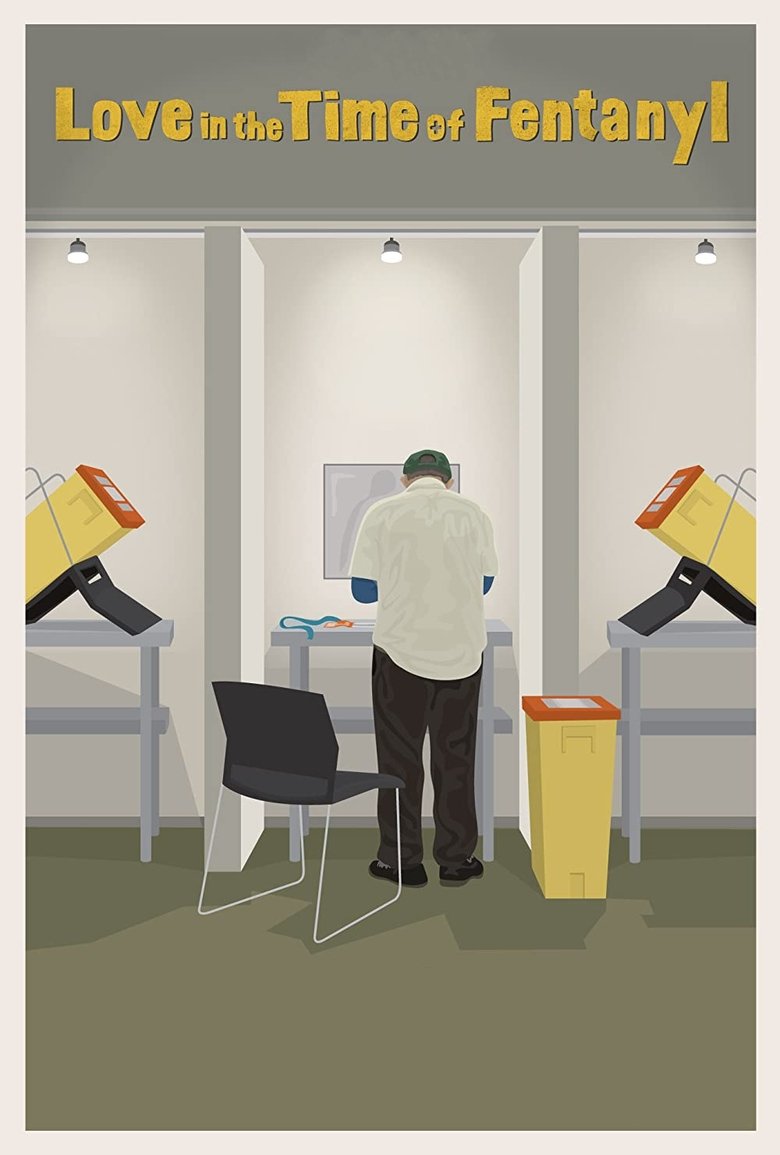
Canadian Pacific II
1975
0h 9m
Canadian Pacific II is designed as a companion piece to Canadian Pacific I. Shot from a window two storeys higher and in the building adjacent to the artists’s studio of the previous year, one enters into a dream state… an involvement with a vocabulary of seeing and feeling by subtle transitions of the passage of time
If current server doesn't work please try other servers beside.
Similar Movies

The Strait Guys
THE STRAIT GUYS follows Czech-born mining engineer, George, and his fast-talking protégé, Scott, along the proposed route of the InterContinental Railway through Alaska, to the Bering Strait and onward to Russia. The “Strait Guys” endeavor to convince international governments, corporations, and indigenous tribes to green-light their $100 billion railway project, which would provide ground-based infrastructure across the continents, relieve overcrowded Pacific ports, improve global supply chains, and ease tensions between the superpowers. The US and Russia have been successfully collaborating in space for decades. Now the Strait Guys are out to prove it is also possible down here on earth.
Rating:
6.0/10
Votes:
1
Year:
2022

L'arrivée d'un train à La Ciotat
A group of people are standing along the platform of a railway station in La Ciotat, waiting for a train. One is seen coming, at some distance, and eventually stops at the platform. Doors of the railway-cars open and attendants help passengers off and on. Popular legend has it that, when this film was shown, the first-night audience fled the café in terror, fearing being run over by the "approaching" train. This legend has since been identified as promotional embellishment, though there is evidence to suggest that people were astounded at the capabilities of the Lumières' cinématographe.
Rating:
7.1/10
Votes:
486
Year:
1896

Berlin, die Symphonie der Großstadt
A day in the city of Berlin, which experienced an industrial boom in the 1920s, and still provides an insight into the living and working conditions at that time. Germany had just recovered a little from the worst consequences of the First World War, the great economic crisis was still a few years away and Hitler was not yet an issue at the time.
Rating:
7.512/10
Votes:
121
Year:
1927

Sylvia Kristel – Paris
Sylvia Kristel – Paris is a portrait of Sylvia Kristel , best known for her role in the 1970’s erotic cult classic Emmanuelle, as well as a film about the impossibility of memory in relation to biography. Between November 2000 and June 2002 Manon de Boer recorded the stories and memories of Kristel. At each recording session she asked her to speak about a city where Kristel has lived: Paris, Los Angeles, Brussels or Amsterdam; over the two years she spoke on several occasions about the same city. At first glance the collection of stories appears to make up a sort of biography, but over time it shows the impossibility of biography: the impossibility of ‘plotting’ somebody’s life as a coherent narrative.
Rating:
0.0/10
Votes:
0
Year:
2003

Animal Charm: Golden Digest
Animal Charm makes videos from other people's videos. By compositing TV and reducing it to a kind of tic-ridden babble, they force television to not make sense. While this disruption is playful, it also reveals an overall 'essence' of mass culture that would not be apprehended otherwise. Videos such as Stuffing, Ashley, and Lightfoot Fever upset the hypnotic spectacle of TV viewing, revealing how advertising creates anxiety, how culture constructs "nature" and how conventional morality is dictated through seemingly neutral images. By forcing television to convulse like a raving lunatic, we might finally hear what it is actually saying.
Rating:
5.0/10
Votes:
4
Year:
1996

Negativland: No Other Possibility
In an effort to cure her smoking habit a middle-aged woman discovers that she can communicate with her long lost son while watching a Halloween safety program on TV. After suffering a nervous breakdown, her husband, a used car salesman, is revitalized when he travels back in time to drive the first car he ever sold. Seventeen years later a powerful canned food manufacturer crashes the same car into a toaster truck while endorsing a brand of yams on live TV. At the funeral his clergyman experiences a crisis of faith when he and a lifelike Mexican continue their search for a married couple who have befriended an insect who enjoys drinking lime soda. They later meet a young man whose bizarre murder scheme involves four innocent members of an experimental rock band who have all given up smoking.
Rating:
8.0/10
Votes:
1
Year:
1989

Between Science and Garbage
A whirlwind of improvisation combines the images of animator Pierre Hébert with the avant-garde sound of techno whiz Bob Ostertag in this singular multimedia experience, a hybrid of live animation and performance art.
Rating:
5.2/10
Votes:
2
Year:
2004

Behind a Hill
This documentary is a journey into our own fascination, a collection of portraits of folk musicians living in New England, and a study of the ground on which their music is founded. We listen to them as they tell their stories and play their music. First and foremost, Behind a Hill is a tribute to these musicians and a rare peep into the house parties and basement jams of New England, in the northwestern corner of the USA, with the vain hope attached that maybe you, the viewer, will grow as fond of the music as we have. When we first encountered these musicians, we were overwhelmed by the quality of their musical output. We were entranced by the melodies, harmonies, rhythms, and tempos and every other element that constitutes a song (or, as is often the case, a piece of abstract drone music, heavy feedback, or someone banging a steel pipe against a bag of dirt while chanting in a yet undiscovered language, or...).
Rating:
4.5/10
Votes:
2
Year:
2012

La saga du rail
Rating:
9.0/10
Votes:
2
Year:
2020

Clash on Keefer
Chronicling the events surrounding the protests generated by the proposed redevelopment of an empty lot at 105 Keefer St., located at the heart of Vancouver's Chinatown.
Rating:
0.0/10
Votes:
0
Year:
2021

Massachusetts' Maine Attraction: The Edaville Railroad
Massachusetts' Maine Attraction is the only definitive documentary on Edaville ever produced. Through extremely rare archive film footage, you'll learn the history of the Maine two-footers and observe regular-service trains on the Sandy River and Bridgeton & Harrison Railroads. Passenger and freight activities, and even winter scenes, are included. The program then describes the evolution of Edaville, from its planning and construction as a cranberry-hauling freight line to a full-fledged theme park. You'll ride the train and view the railroad from both onboard and trackside perspectives, and see coverage of special railfan events, including night activities.
Rating:
0.0/10
Votes:
0
Year:
1991

Vezdekhod
Image by Carlos Casas. Double screen projection with live soundtrack. Images and sound captured on location. Somewhere in the tundra, Chukotka Region, Northeastern Siberia, Russian Federation. Music by Prurient. Published by Von Archives. N 66° 37’ 916, W 172° 40’ 353, Sept 2006.
Rating:
0.0/10
Votes:
0
Year:
2012

The Incredible Journey: Durango to Silverton
This incredible journey features the famous steam trains that power through the spectacular San Juan Mountains of southwestern Colorado. From Durango to Silverton, see the forested wilderness, and its beautiful lakes, waterfalls, and rivers. Be amazed at the route that travels over narrows passes, high bridges, and steep cliffs!
Rating:
0.0/10
Votes:
0
Year:
1993

Smash Forward: Growing the Vancouver Esports Scene
Vancouver's esports scene is on the cusp to unstoppable growth. The local fighting games community tells all on what it took to get this far.
Rating:
0.0/10
Votes:
0
Year:
2019

TGV, 30 ans de vitesse
Rating:
0.0/10
Votes:
0
Year:
2011

When Giants Roamed: The Golden Age of Steam
In the first half of the 20th century, America's railroads were radically transformed by the innovation of gargantuan steam locomotives. Pushed by the need to haul ever longer and heavier trains, the nation's locomotive works responded with the invention of awe-inspiring articulated engines. Delivering up to 7,500 horsepower, these steel behemoths could haul mile-long, 15,000-ton trains. In this riveting program, journey back to the golden age of steam for an up-close look at these legendary locomotives. See the Union Pacific's famed "Big Boy" in action and ride the rails of the Chesapeake & Ohio and Norfolk & Western railways. Meet the men who drove engines like the Allegheny and Yellowstone, and visit the museums and yards where the largest steamers ever built remain preserved in time. THE HISTORY CHANNEL' proudly presents this rollicking retrospective, sure to set any rail fan's heart pounding
Rating:
0.0/10
Votes:
0
Year:
2005

Dream-Plan-Build
How to build a model railroad.
Rating:
0.0/10
Votes:
0
Year:
2005

Selva. Un portrait de Parvaneh Navaï
Trance dances and out of body projection. In front of the camera, Parvaneh Navaï becomes a mediator who enters in contact with and immerses into the energies of Nature, while her own energy radiates and echos in the forest ("selva"). The camera amplifies and expands her presence, transforming the forest into an imaginary space. The camera becomes a painter's brush.
Rating:
10.0/10
Votes:
1
Year:
1982

Love in the Time of Fentanyl
An intimate portrait of a community fighting to save lives and keep hope alive in a neighborhood ravaged by the overdose crisis.
Rating:
0.0/10
Votes:
0
Year:
2023

TGV, la réussite française
Rating:
0.0/10
Votes:
0
Year:
2017
If current server doesn't work please try other servers beside.